
Chrysler’s smallest vehicle was almost certainly Chrysler Marine’s Sno-Runner. Making the Simca Mille and Matra-Simca Bagheera seem quite oversized, the little Sno-Runner was essentially a powered ski or snow-motorbike.
Steve Quick proposed the Sno-Runner in 1975, according to Hagerty, and was quickly put in charge of the project. Chrysler owned outboard motor makers West Bend, so they already had the one-cylinder, two-cycle Power Bee 820 engine. Rated at 8 horsepower, generated from 8.2 cubic inches (0.13 liters), a muffler dropped it to 7 hp in the Sno-Runner.
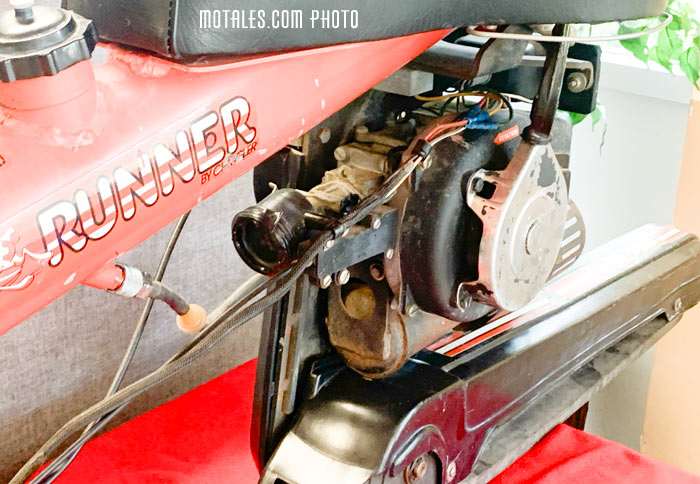
The Sno-Runner was hosted by Chrysler Marine, which was used to relatively small runs of unique products. The frame was made of aluminum tubes, welded together; the 1.3-gallon gas tank was part of the frame, avoiding the need for a separate tank.
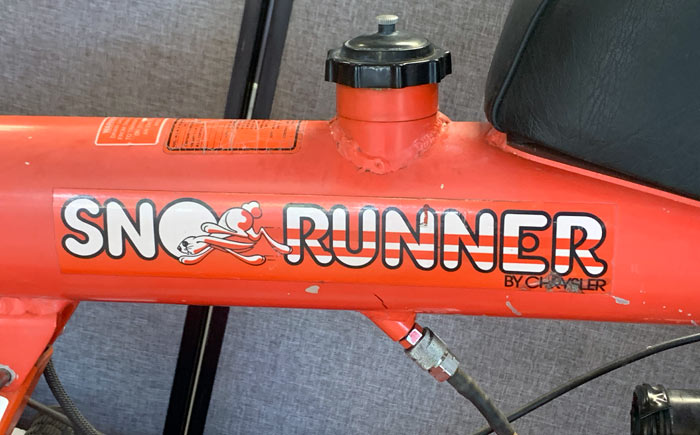
The bike had a single speed, with a clutch and chain drive. The powered track below and aft of the motor was made of rubber reinforced with metal; the skis, in front an dcenter, were fiberglass. Steering was done by moving the front ski.
The electrical system included a small alternator (as one would expect from Chrysler), headlights with both low and high beams, and a single taillight. The driver could stop the engine immediately with a kill switch on the handlebar. The brake acted on the clutch housing, since it could hardly act on a wheel.
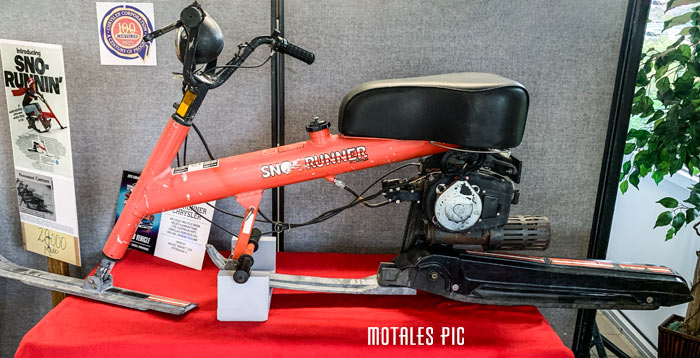
Both the track and powertrain were held in place from steel coil springs. It could be taken apart and stowed quickly and easily with quick-release pins for transportation, and weighed just 71 pounds. To keep weight and costs in check, there was no electric starter—just a pull-cord. It was controlled with a twist-style throttle control on one handlebar and a handbrake on the other.
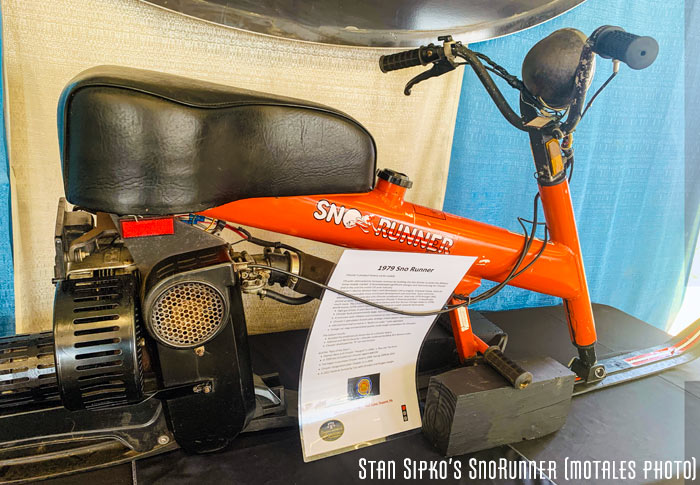
The Sno-Runner was quite a nice product on paper, with its 25 mph top speed and three-hour range, but the price was quite high when it reached production in 1979—just under $700 ($3,300 in 2025 dollars; according to Hagerty—an exhibit at the Chrysler Nationals claimed $645). Chrysler sold it in the United States only, not Canada.
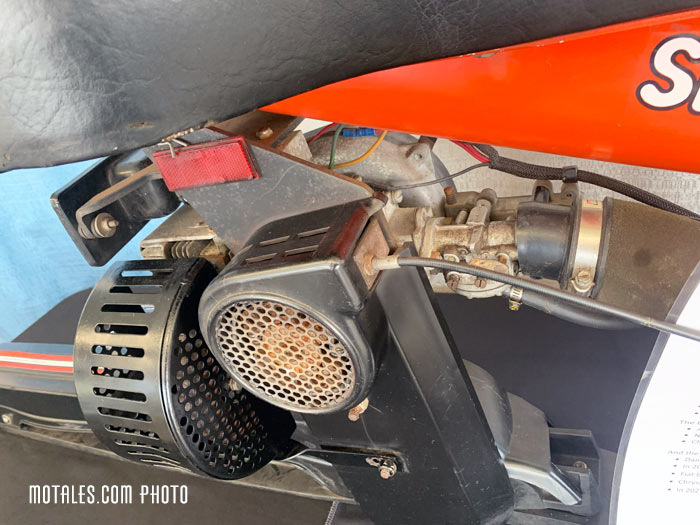
Its small track hurt its performance, and between the muffler and normal power losses, it didn’t have quite the power it needed at the high altitudes where it would be most popular. Chrysler did make and sell 28,000 Sno-Runners from 1979 into 1982, but many were sold as surplus to a liquidator who sold them as the Snorabbit for under $300—which suggests that the company lost money overall, especially given the glossy ads and publicity campaign.
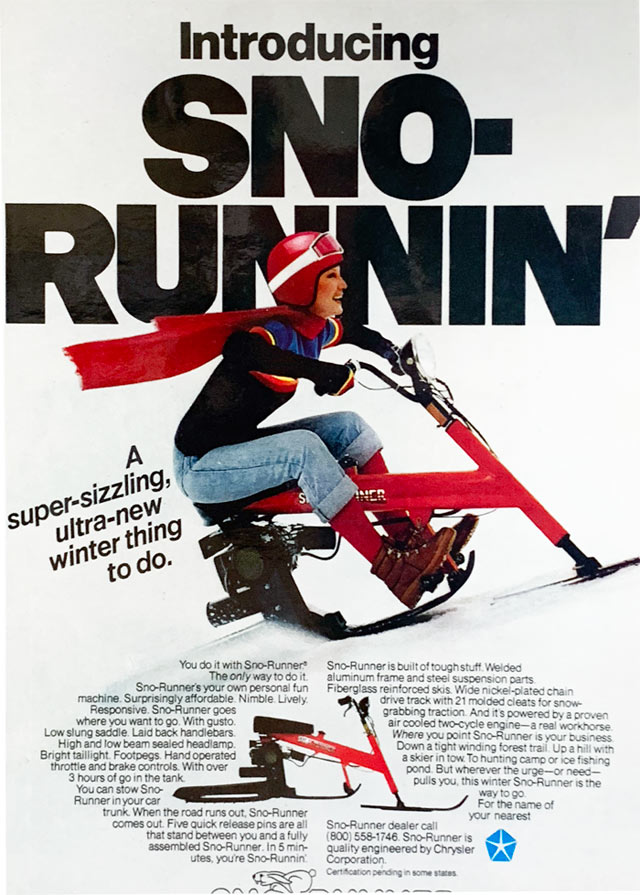
Today, according to Hagerty’s Ronnie Schreiber—who laid most of the blame for its failure on the lack of power—there is an enthusiast community which uses various tricks to boost power and bring the top speed up to 40 mph. Snorunner.com is still selling NOS parts and upgrades, too.
Copyright © 2021-2025 Zatz LLC • Chrysler / Mopar car stories and history.
YouTube • Editorial Guidelines • Videos